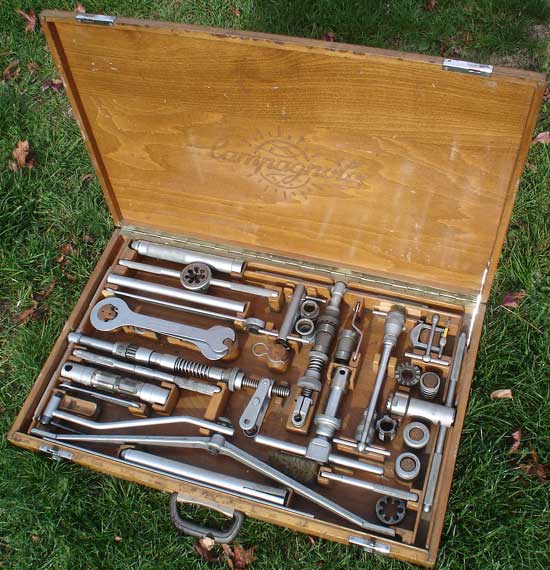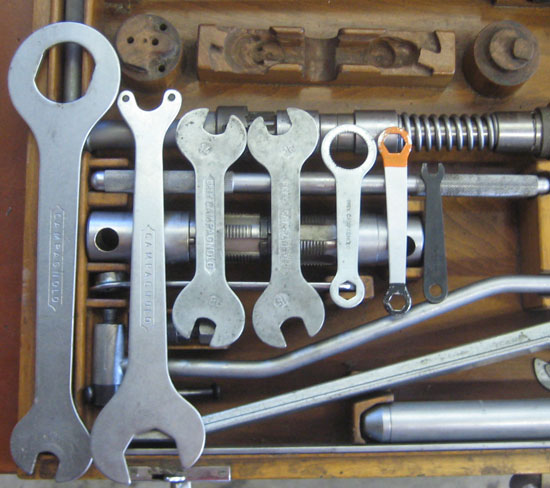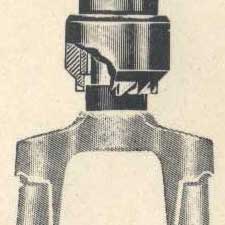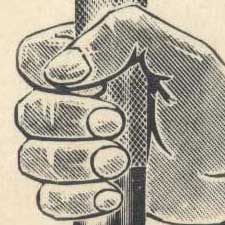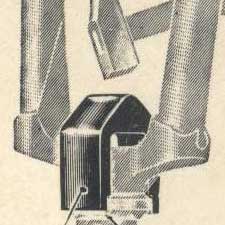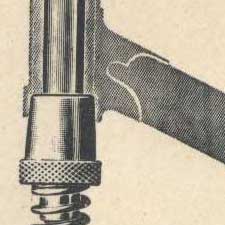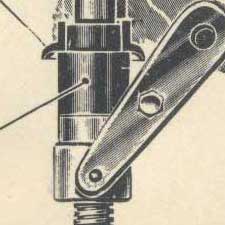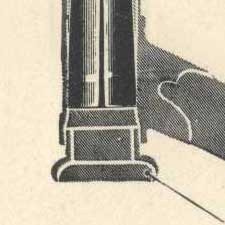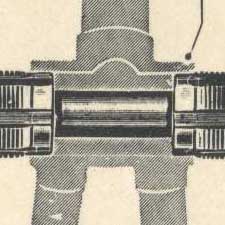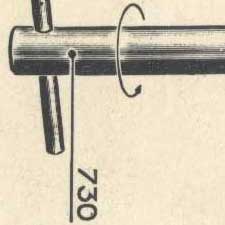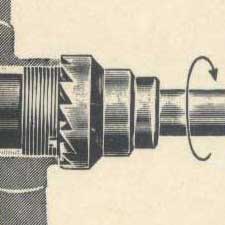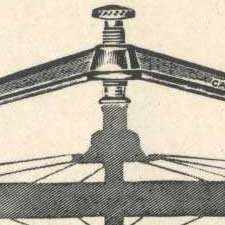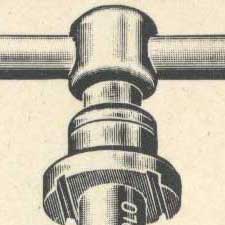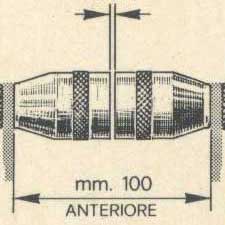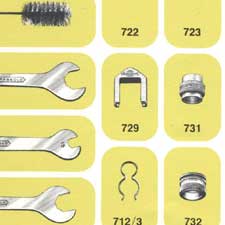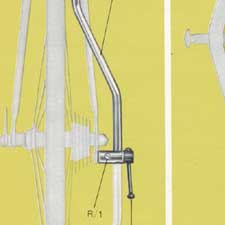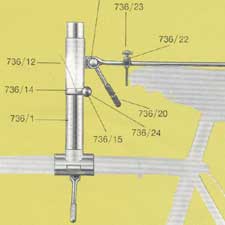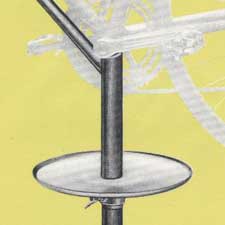|
|
||||||||||||||||
|
Like their vintage and current bicycle components, Campagnolo cycling tools are unique, ingenious and highly functional. Among their most famous and sought-after product is their Campagnolo Complete Tool Case, which contains almost every tool needed to prepare a frameset to be built into a bicycle. They were remarkable and prized tool kits in their day, and even now, when so many superbikes are made of carbon, certain tools from Campy's kit are invaluable and heavily used if you have one. Rare
even when new I believe my Campy tool kit is from 1969 to 1972, since it's similar to the one shown in Campagnolo's Catalogue 16, which appeared in 1969. By 1973 the kit had changed to a plastic interior instead of the full wooden interior with blocks supporting all the tools. If you can identify the exact year my kit was made and/or the catalog it appears in, please let me know. Closed, my case is 30 1/4 inches long, 19 inches wide and a mere 2 1/2 inches thick. A continuous hinge and two latches keep it closed, there's a quality carrying handle, and the tools remain in place when the case is lifted. But it's not easy to walk with it by your side. It weighs 45.6 pounds. Note that my case's original handle has been replaced with a more modern Campagnolo one. From
the famous Bicycle Center Roger and Marcia Sands opened the Bicycle Center on Mission Street on the west side of Santa Cruz (in the building where Falafel of Santa Cruz restaurant is today), just in time to take full advantage of the bike boom that hit the country in the late sixties and early seventies. Stocking
the great names and hiring the best In the decades that followed a who's who of cycling supported and worked at the shop. Anybody's Bike Book author, Tom Cuthbertson, Dan Nall, who helped bring cyclocross to America, Tim Neenan of Lighthouse Cycles and Stumpjumper fame, Robert Wright who penned the first wheelbuilding book of the bike boom era, Rock Lobster framebuilder Paul Sadoff, and other bikemen with chain lube running through their veins. My
first Campy tool kit Clever
design Notice too, how the straight edge (can you find it?), crankarm bolt tool, derailleur-hanger alignment tool and saddle spanner have unique holders. You'll see the special Campy brush used for cleaning the filings after chasing and facing sits loosely in the case. The craftsmanship of the wood told holders isn't very special. Some are crooked. They crack and break relatively easily. And they're only glued on the case and can pop off. You can see some repairs to mine made over the years by some of the Bicycle Center's mechanics (not me). Still, there's magic in this took kit and I love owning and using it.
Click on the 16 thumbnail images below to see much more detail on the tools.
| |
